German Shorthaired Pointer (Braque allemand à poil court, GSP) is a versatile, highly intelligent pointing dog—enduring, hard-working, and people-oriented. When you channel their energy well, they become a friendly, high-performing partner for hunting, dog sports, and active families with time.
Table of Contents
- Origin & History
- Appearance & Traits
- Character & Temperament
- Family Life & Daily Routine
- Training & Obedience
- Health & Watch-outs
- Grooming & Coat Care
- Nutrition & Weight
- Exercise & Enrichment
- City Living, Housing & Prey Drive
- Puppies & First Months
- Getting One: Costs & Responsibility
- Who Is the GSP Right For?
- Breed Profile
Origin & History
Developed in Germany as an all-around hunting companion for field, forest, and water, the GSP blends lines from scenthounds and classic pointing breeds. The goal: a dog that searches, points, retrieves, and works in water—with strong nerves, stamina, and close teamwork with the handler.

Appearance & Traits
Medium to large, athletic, and dry-muscled. The coat is short, dense, and weather-resistant; common colors are liver, liver & white, or liver roan, more rarely black & white. Hallmarks include a noble head, medium drop ears, and a smooth, ground-covering gait. Built as a distance runner with a deep chest, the GSP has notable endurance.
Character & Temperament
Friendly, eager, people-focused—with a pronounced prey drive and strong desire to learn. Calm indoors, “all business” outside. They thrive on jobs, clear routines, and cooperation; training benefits from impulse control and reward-based methods.
Family Life & Daily Routine
The GSP does well as a family dog when activity is planned: orientation and quick drills in the morning, rest during the day, training/exercise in the evening. With considerate children they are gentle; rough, chaotic play without rules doesn’t suit them. In the city, success comes from clear routines and thoughtfully chosen walking routes.

Training & Obedience
Best results come from positive, consistent work in micro-steps. Priorities: recall, loose-leash walking, impulse control, retrieve, and clean indication.
- Practice basic cues—short, clear, and well-reinforced.
- Build a reliable recall with a long line and high-value rewards.
- Install gentle loose-leash walking (stop-and-go, eye contact).
- Channel hunting motivation via impulse control and hand-targeting.
Health & Watch-outs
Generally robust, but keep an eye on:
- Hip/elbow dysplasia: moderate growth, cushioned surfaces, gradual workload.
- Bloat/GDV: deep chest—rest after meals, split daily rations.
- Ears: dry thoroughly and check after swimming.
- Teeth: regular care—brushing helps prevent tartar.
- Lean, athletic body condition supports performance and joint health.
Grooming & Coat Care
Low maintenance: weekly brushing (rubber curry), check for grass awns after outings. Clean ears, trim nails, care for teeth. In cold months, our winter coat-care tips help protect skin and coat.

Nutrition & Weight
High-quality food with ample protein and energy, adjusted to workload. Weigh portions, count treats, avoid big meals before hard effort. Omega-3s support muscles, skin, and coat; transition slowly for sensitive stomachs.
Exercise & Enrichment
The GSP needs a lot of physical and mental work—every day. Not just miles, but missions.
- Daily plan: two to three active sessions (90–120 minutes total) plus rest windows.
- Sports: retrieving (dummy work), tracking/mantrailing, canicross, moderate jogging/bike work, longe work, obedience.
- Wildlife-rich areas require rock-solid recall and leash management.
City Living, Housing & Prey Drive
Urban life is possible when exercise needs are met and stimuli are well managed. Choose calmer routes, practice leash skills, and keep dog-dog interactions controlled. Respect personal space and skip rush-hour hotspots.
Puppies & First Months
Build calm, frustration tolerance, and clean cues early: short sessions and plenty of breaks. Use a long line and orientation from day one. Introduce noises and surfaces gradually; pair body care with rewards. Helpful resources: first-weeks puppy guide and first puppy walks.

Getting One: Costs & Responsibility
Plan realistically: time for training/exercise, hunting work or suitable sports, and a budget for food, vet, insurance, and gear. Choose a responsible source; our puppy-buying checklist helps you prepare.
Who Is the GSP Right For?
- Active people who enjoy training and daily exercise
- Hunters or sport-dog handlers who can provide real jobs
- Families with clear routines and time for enrichment
- Committed first-timers with guidance and a realistic plan
Less suitable if only short walks are possible or if you don’t want to manage prey drive.

Breed Profile
| Origin | Germany |
| Height | Males ~24.5–26 in (62–66 cm), females ~23–24.5 in (58–63 cm) |
| Weight | Males ~55–70 lb (25–32 kg), females ~44–60 lb (20–27 kg) |
| Lifespan | ~10–14 years |
| Coat | Short, dense, weather-resistant |
| Colors | Liver, liver & white, liver roan; more rarely black & white |
| Temperament | Friendly, driven, sensitive, strong hunting instinct |
| Exercise | High—daily work and purposeful sessions |
| Grooming | Low—regular brushing; ear/teeth care |
| Good for first-time owners? | With guidance—requires time and structure |
| Notable traits | Strong prey drive, scent/track talent, enjoys water |
| Price | From ~€1,200–2,000 (varies by source & quality) |


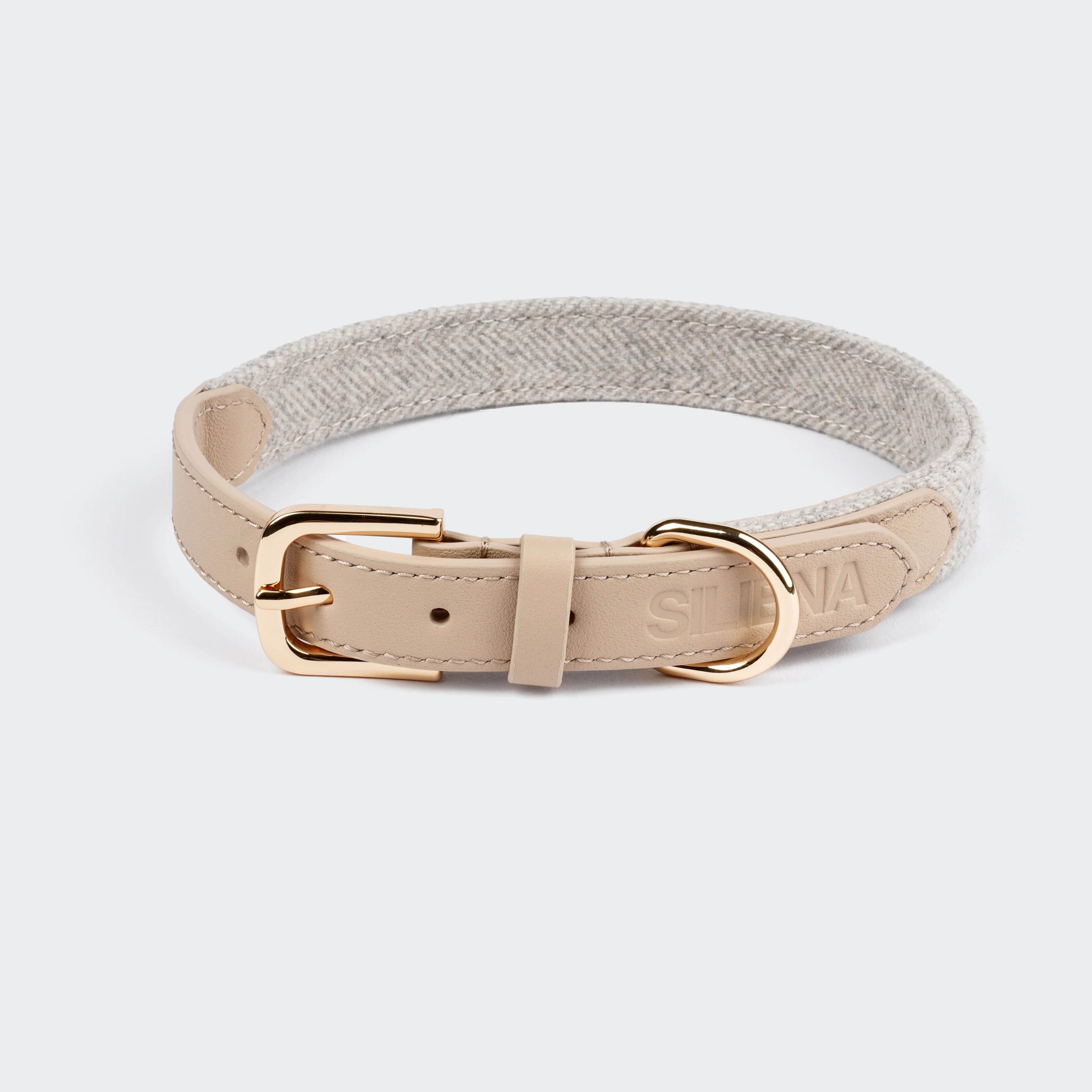
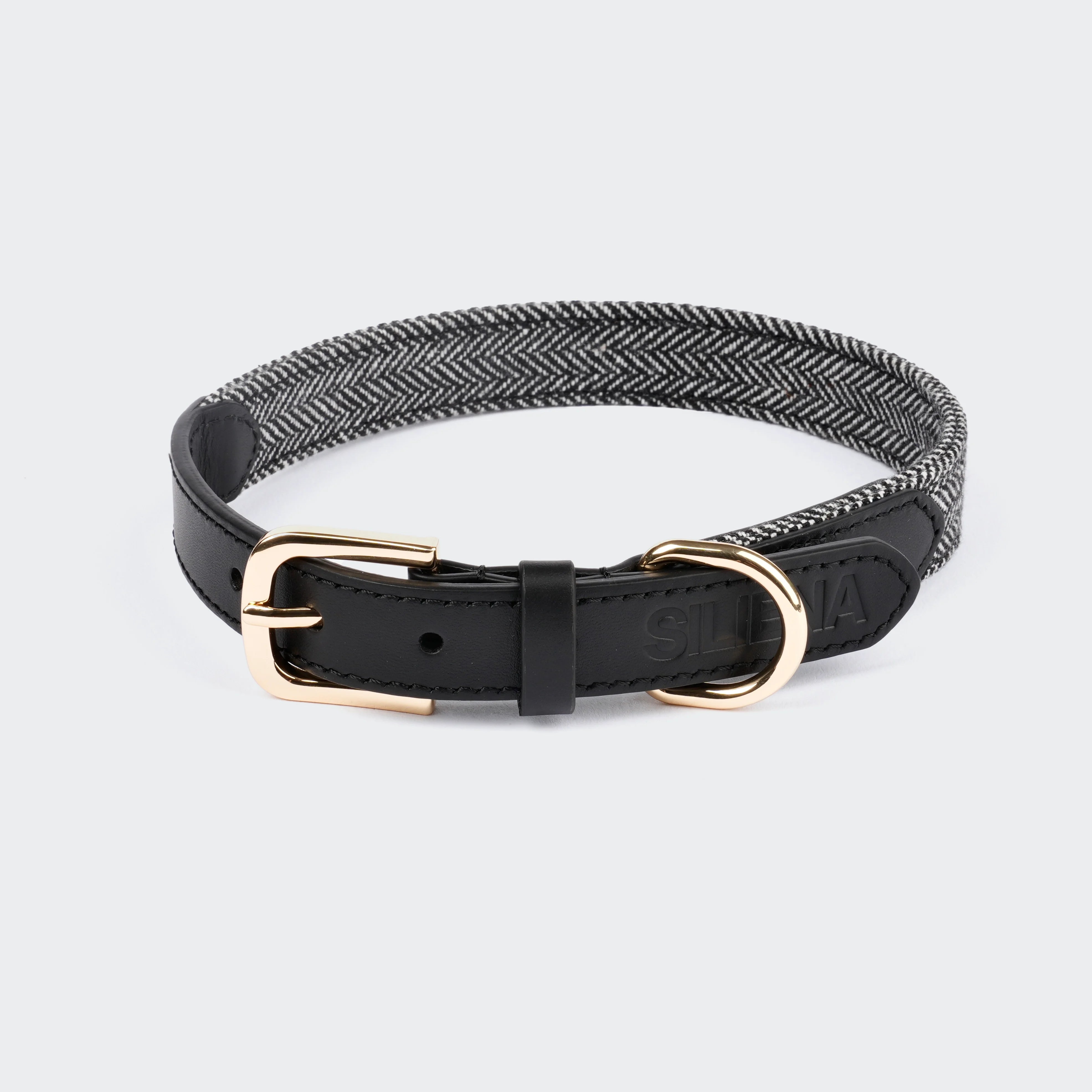

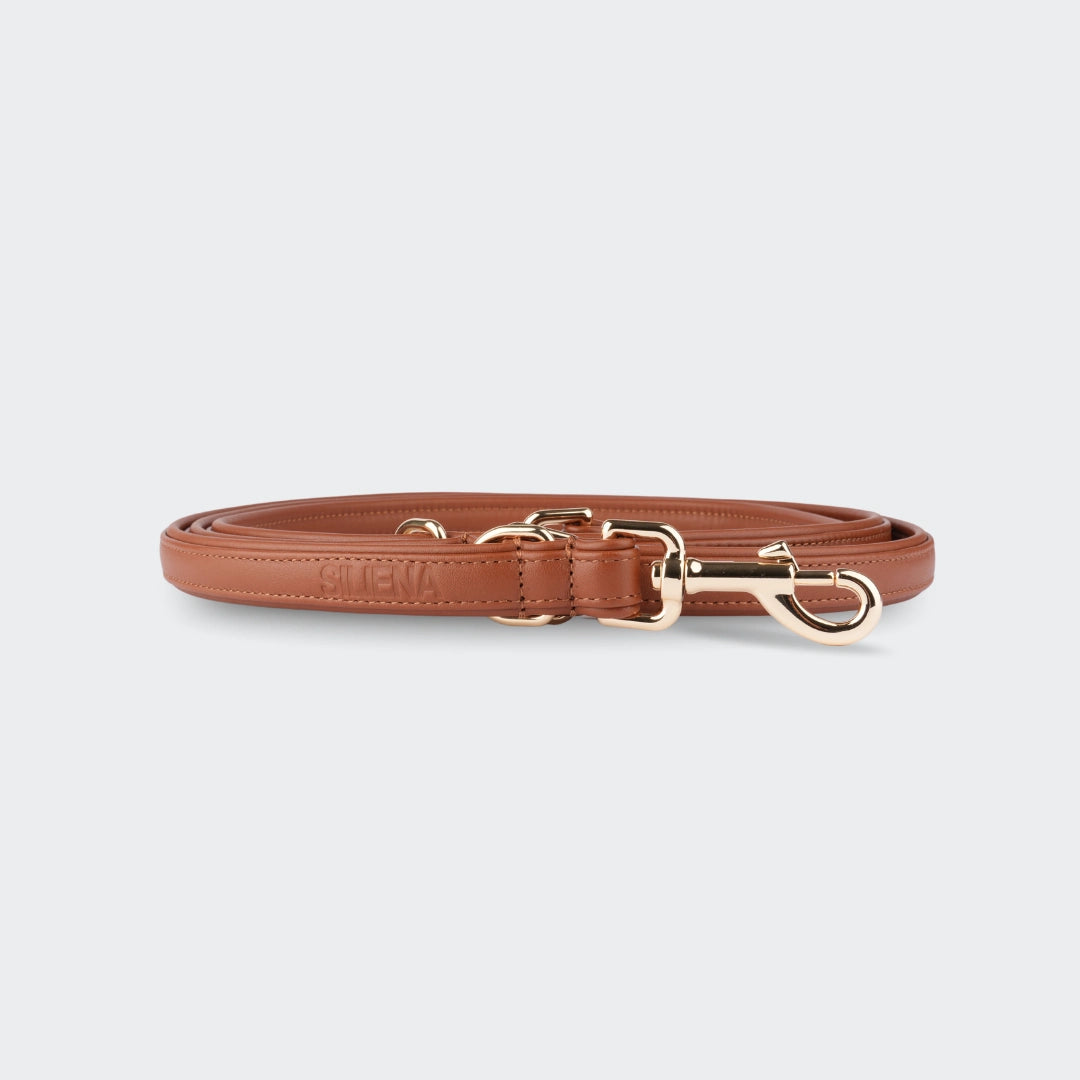
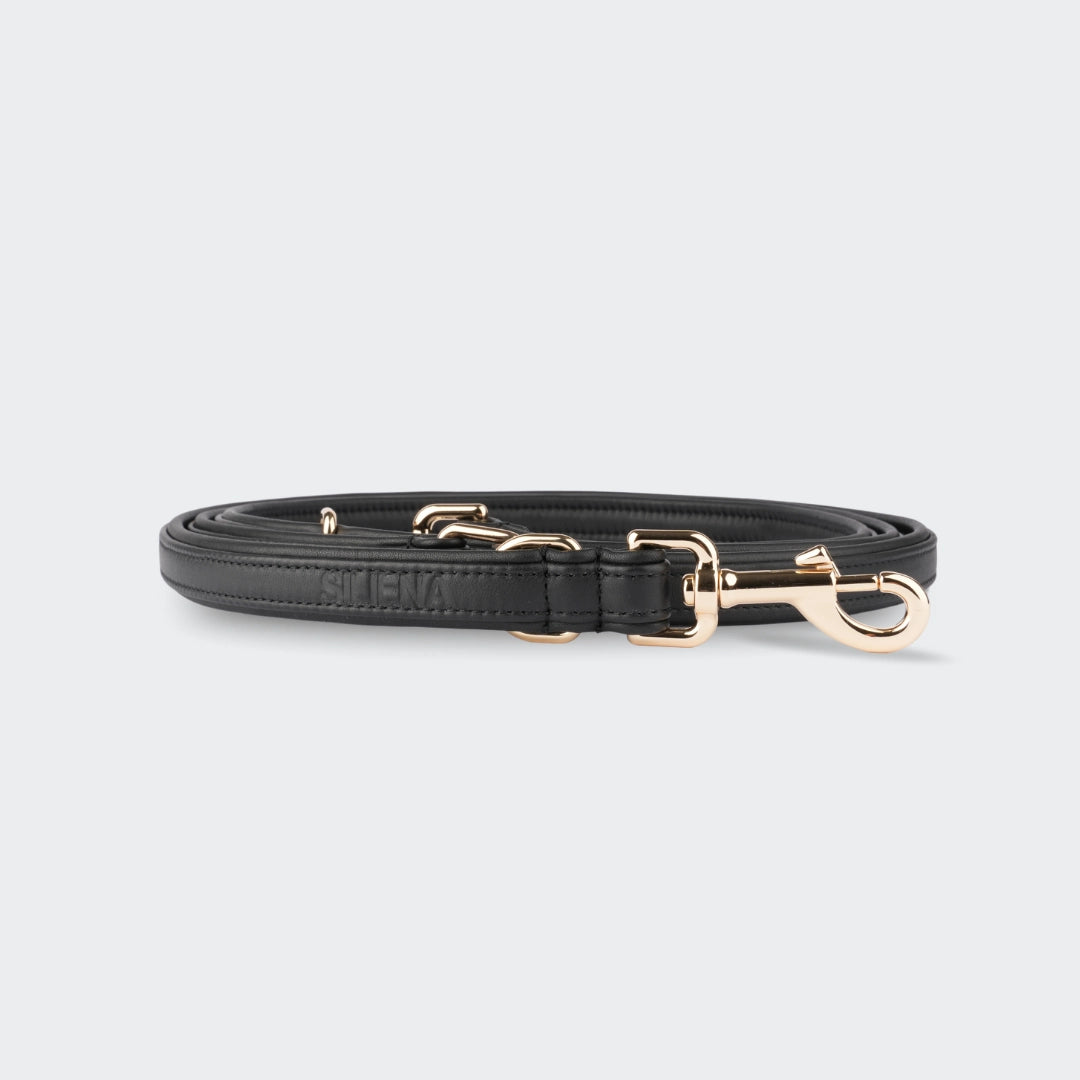
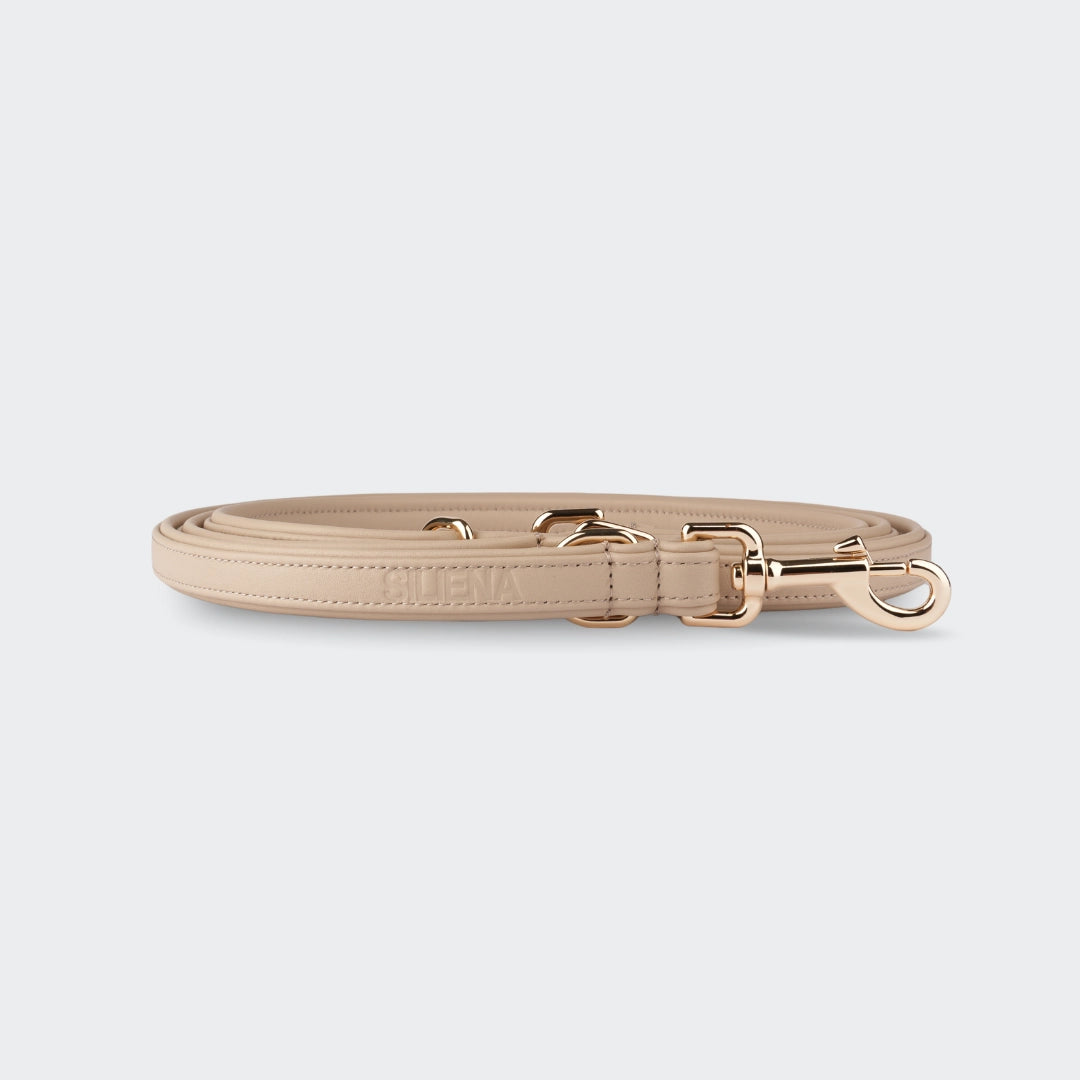
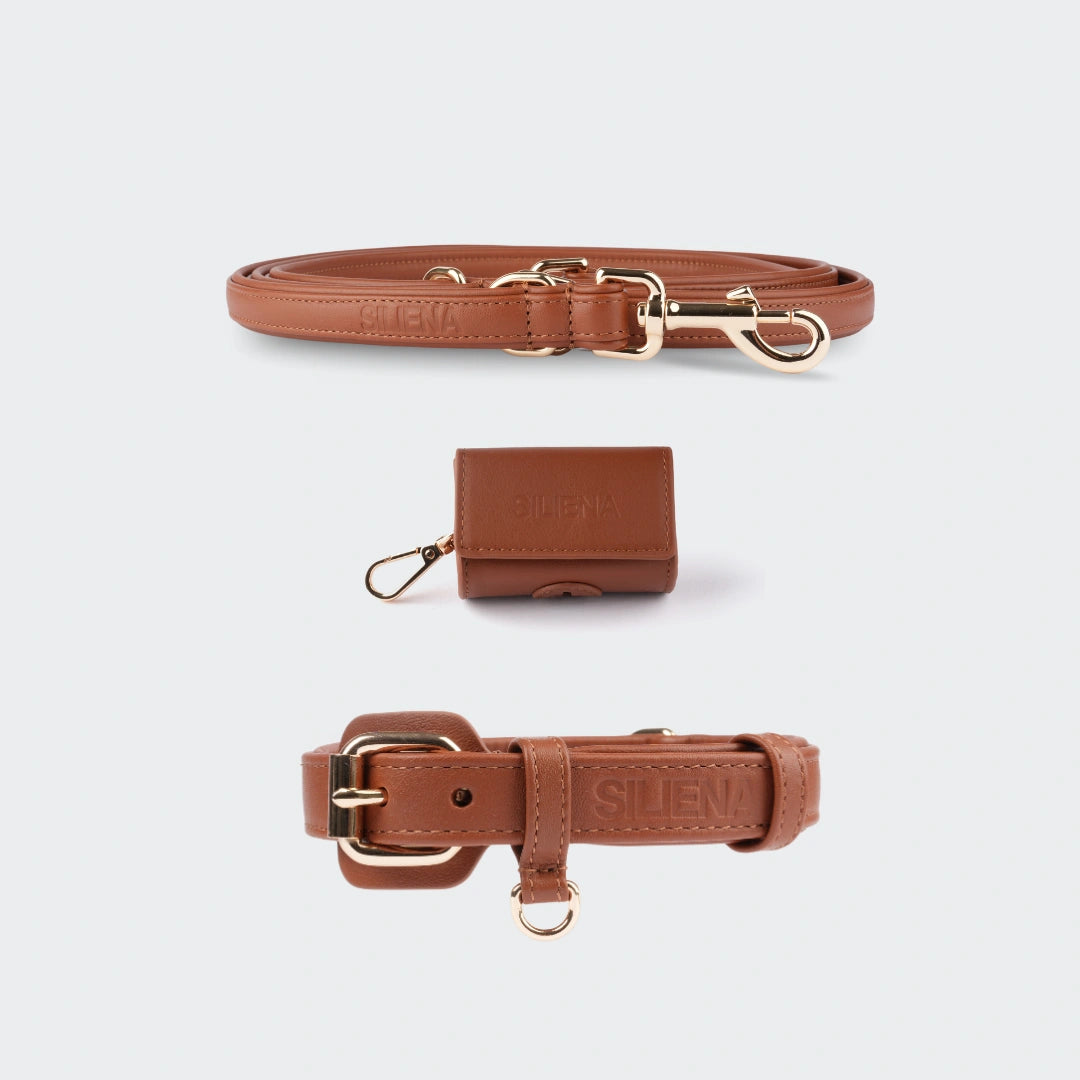
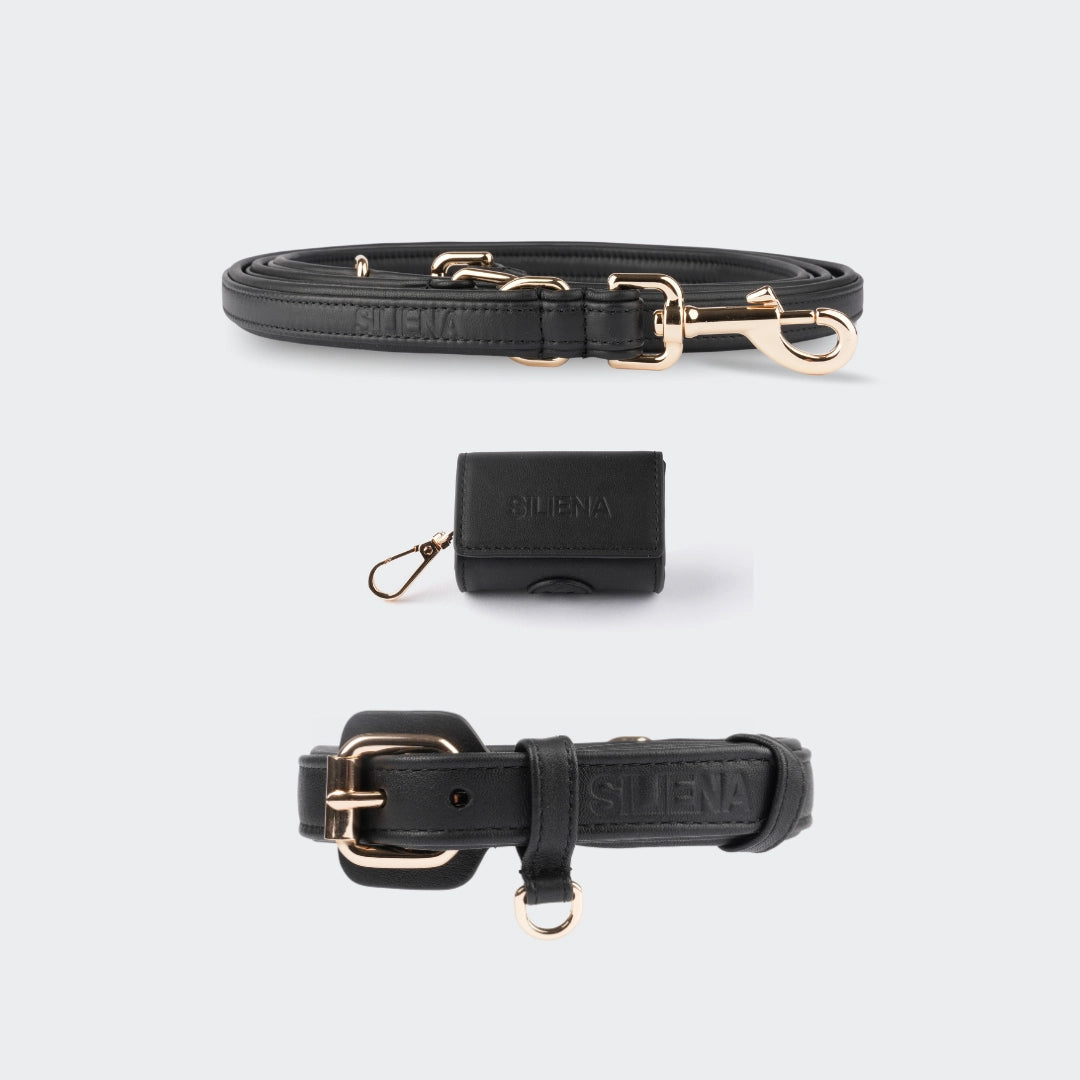
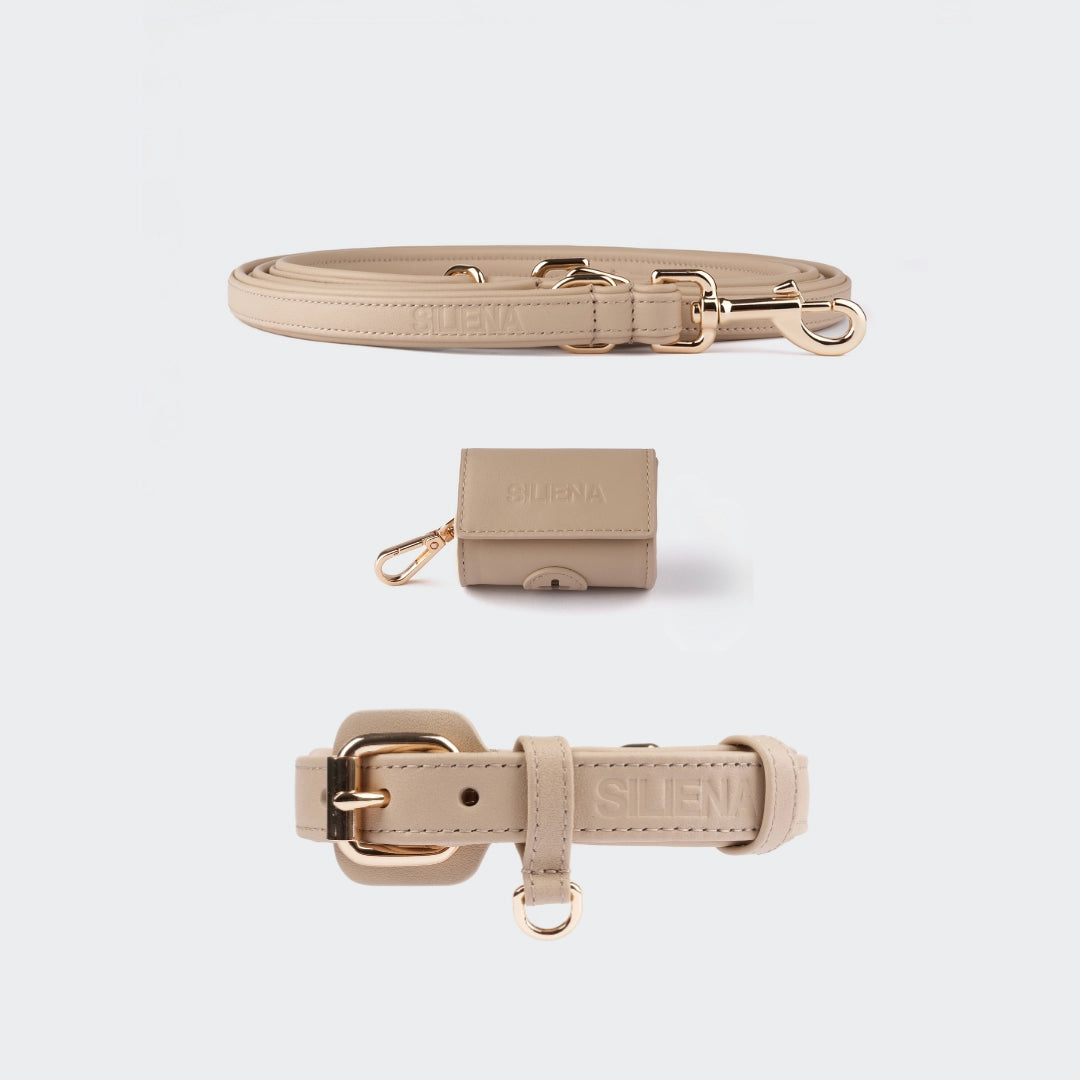


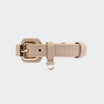



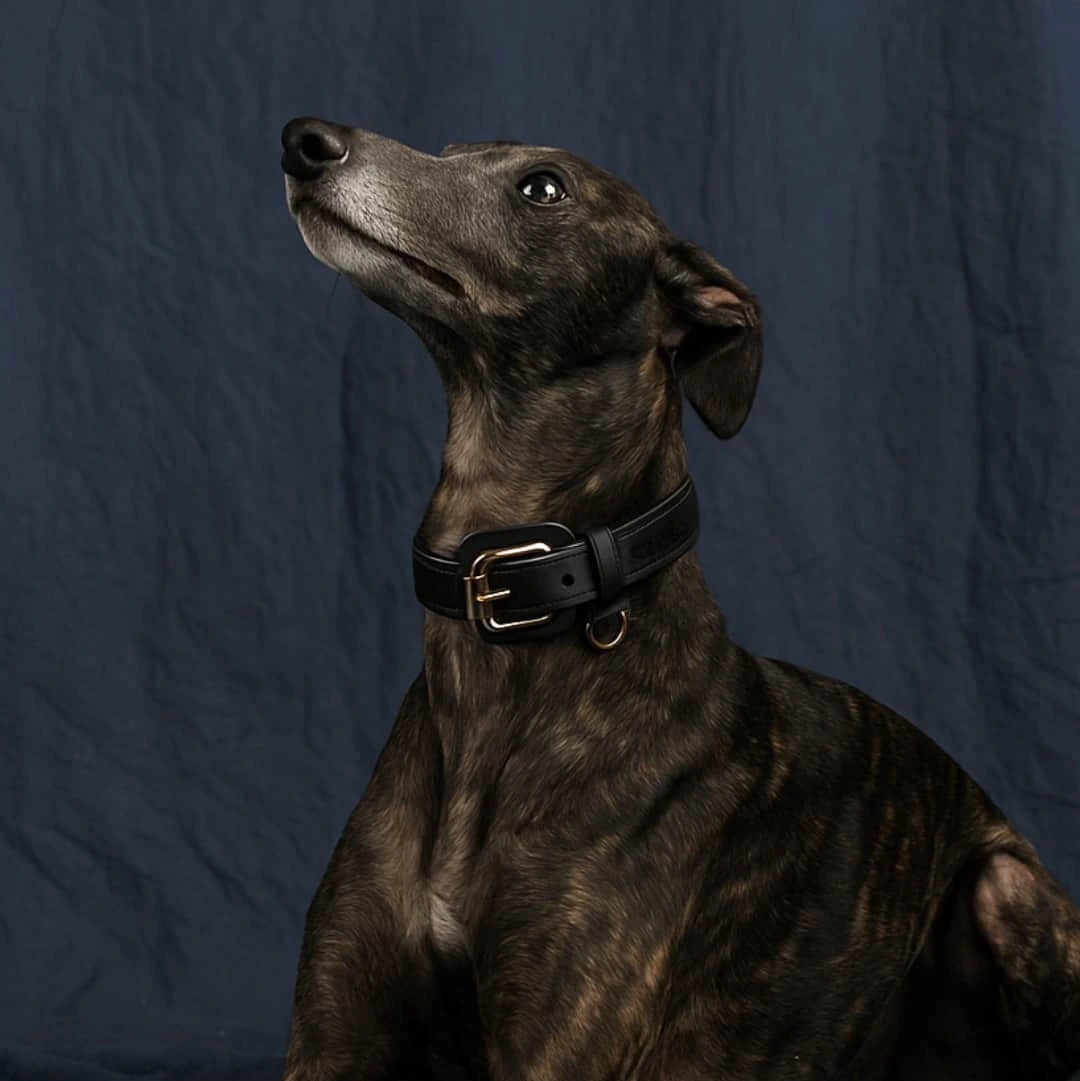
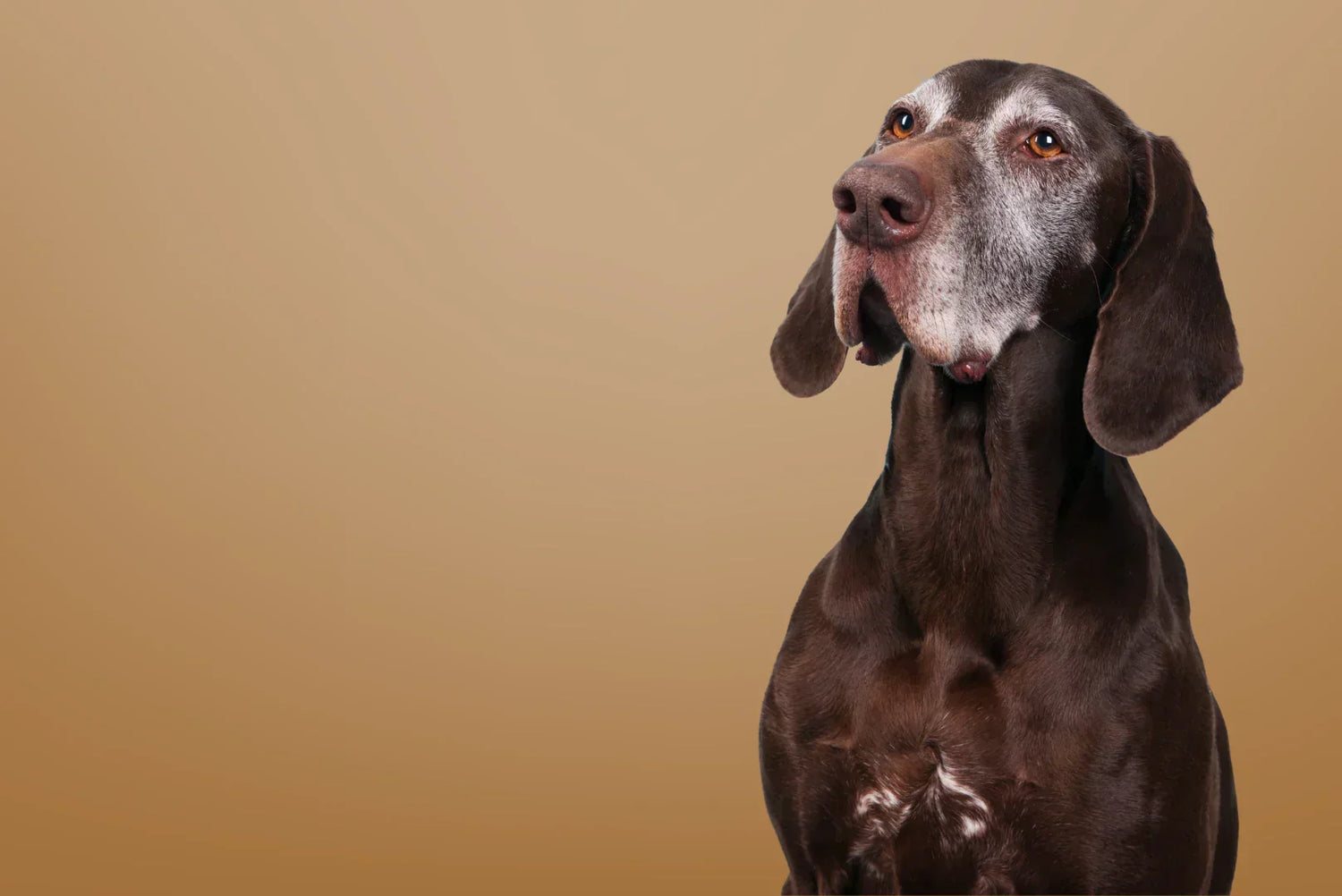

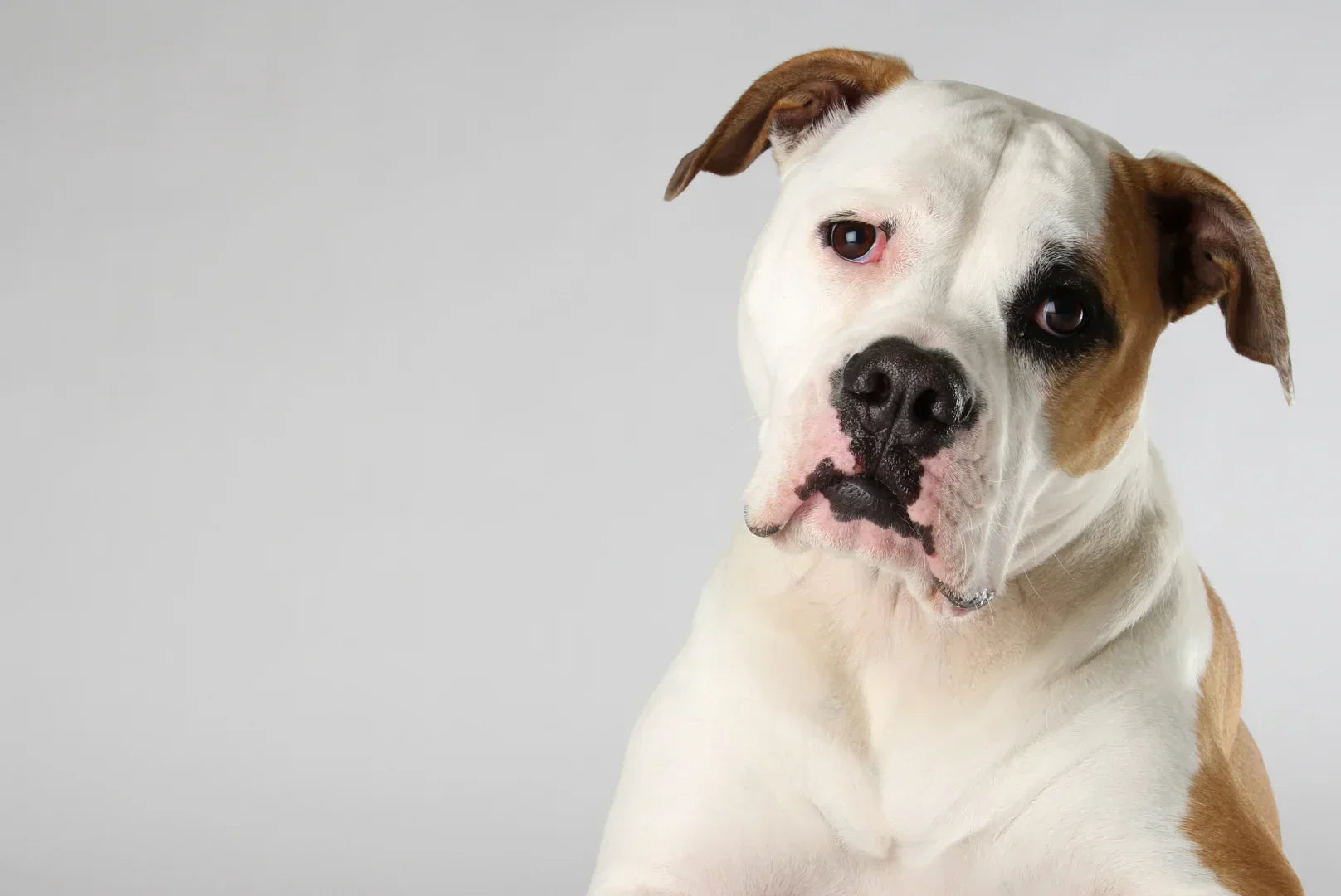
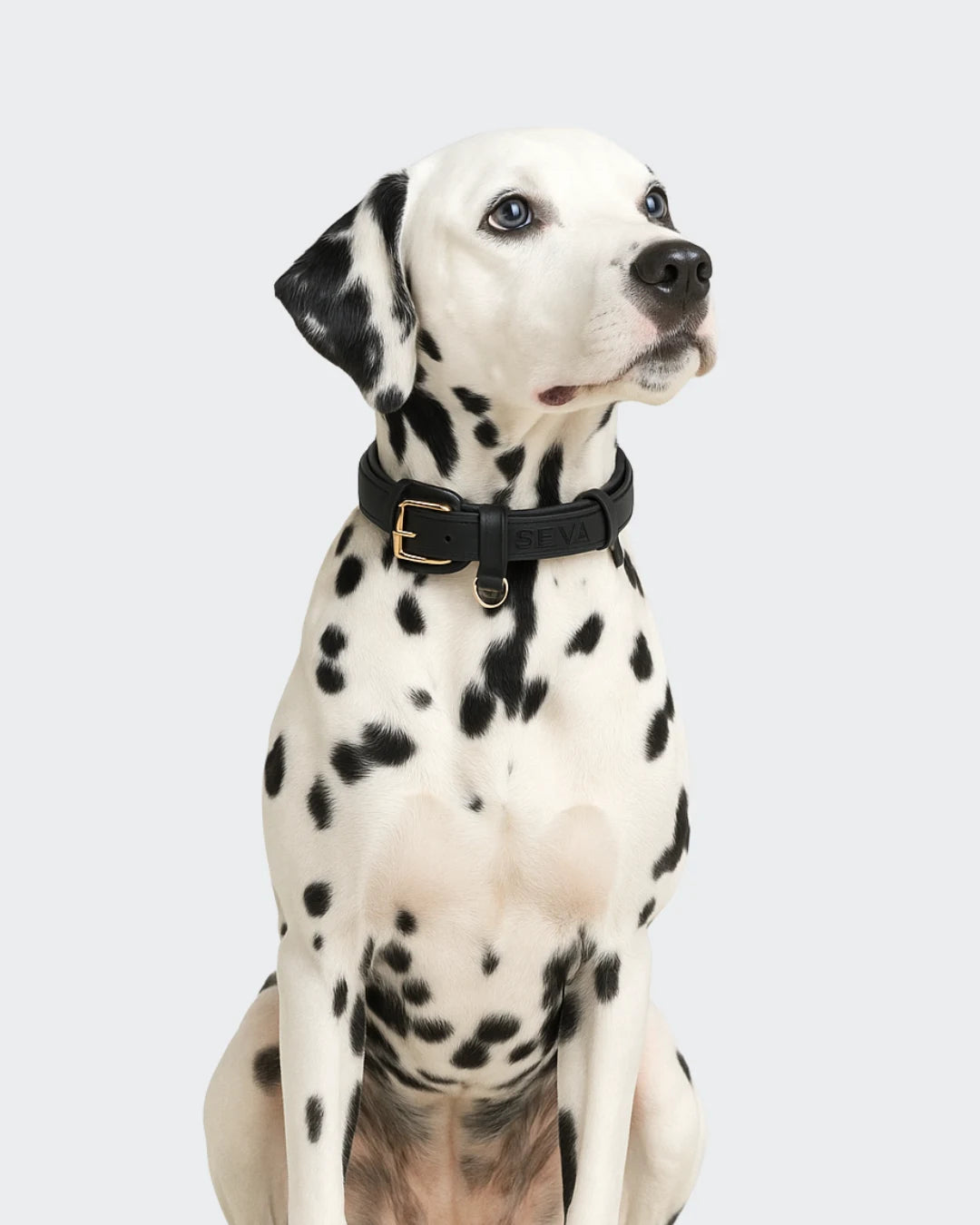

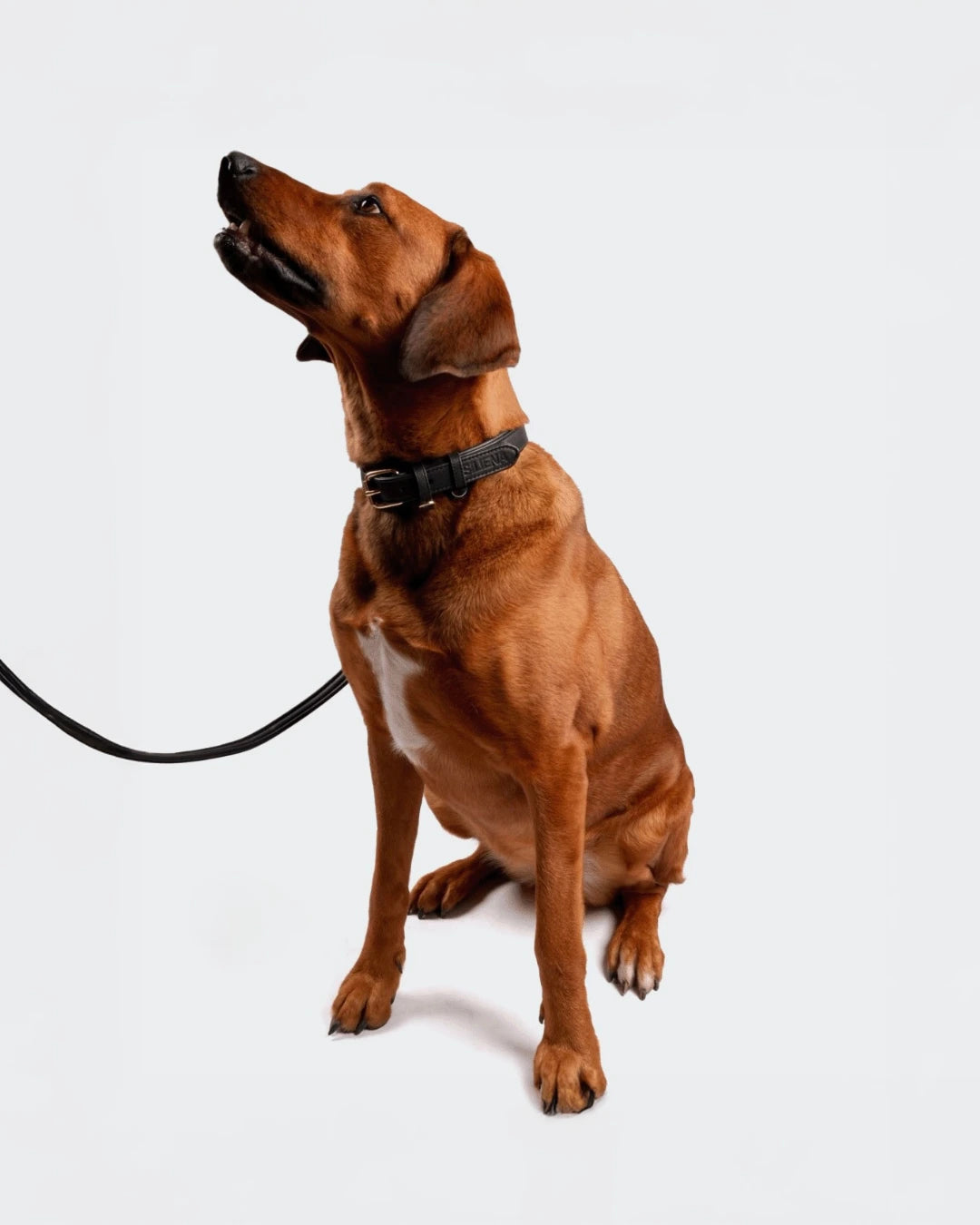
Leave a comment
This site is protected by hCaptcha and the hCaptcha Privacy Policy and Terms of Service apply.